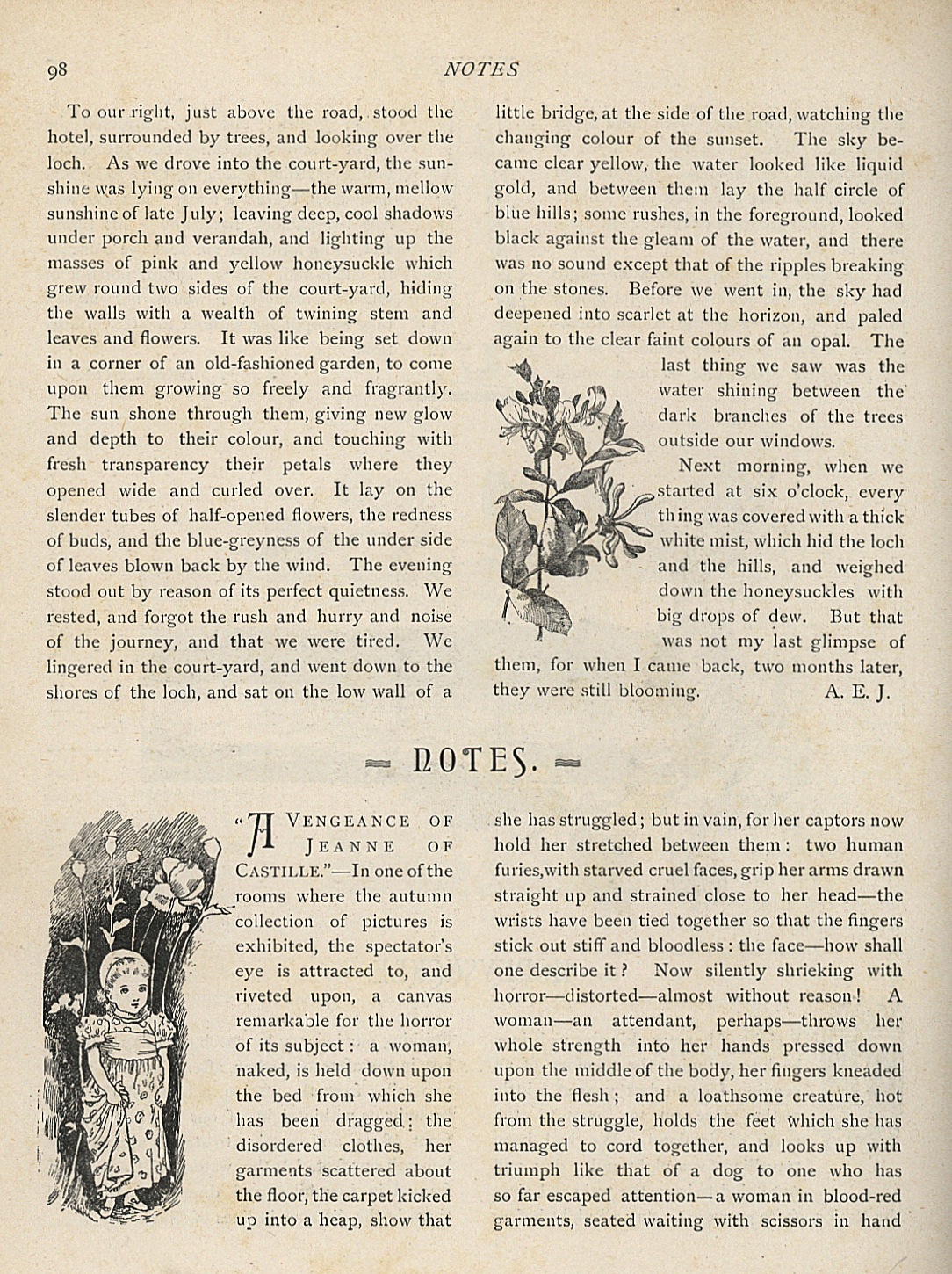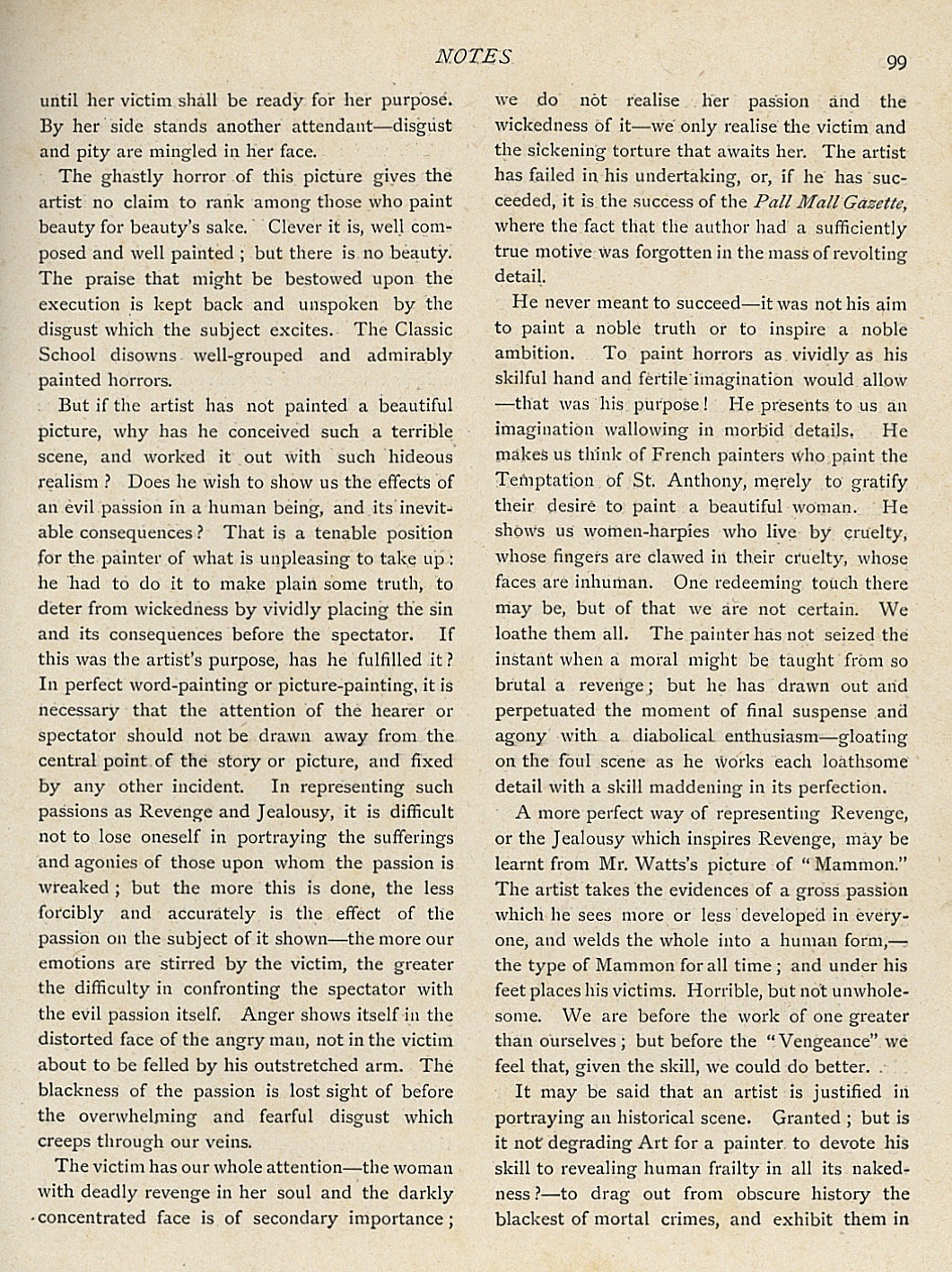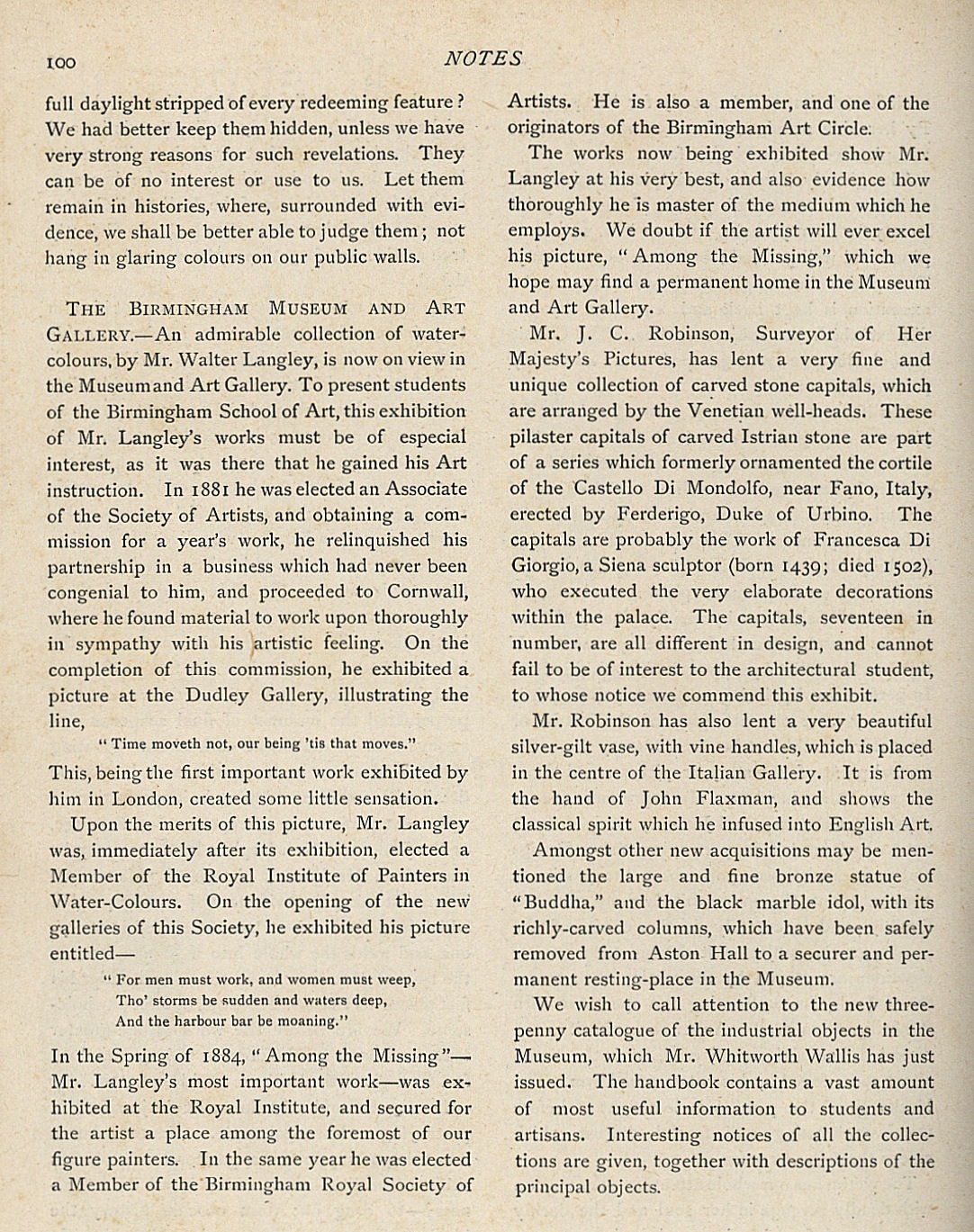5 of
You are browsing the full text of the article: Notes
Click here to go back to the list of articles for
Issue:
Volume: 1 of The Art Student
| The Art Student Volume 1 Issue: 5 October 1886 Page: 98 | |||||||||||||||||||||||||||||
| Notes | |||||||||||||||||||||||||||||
|

|
|
|||||||||||||||||||||||||||
| The Art Student Volume 1 Issue: 5 October 1886 Page: 99 | ||||||||||||||||||||||||||
| Notes | ||||||||||||||||||||||||||
|

|
|
||||||||||||||||||||||||
| The Art Student Volume 1 Issue: 5 October 1886 Page: 100 | ||||||||||||||||||||||||||
| Notes | ||||||||||||||||||||||||||
|

|
|
||||||||||||||||||||||||


